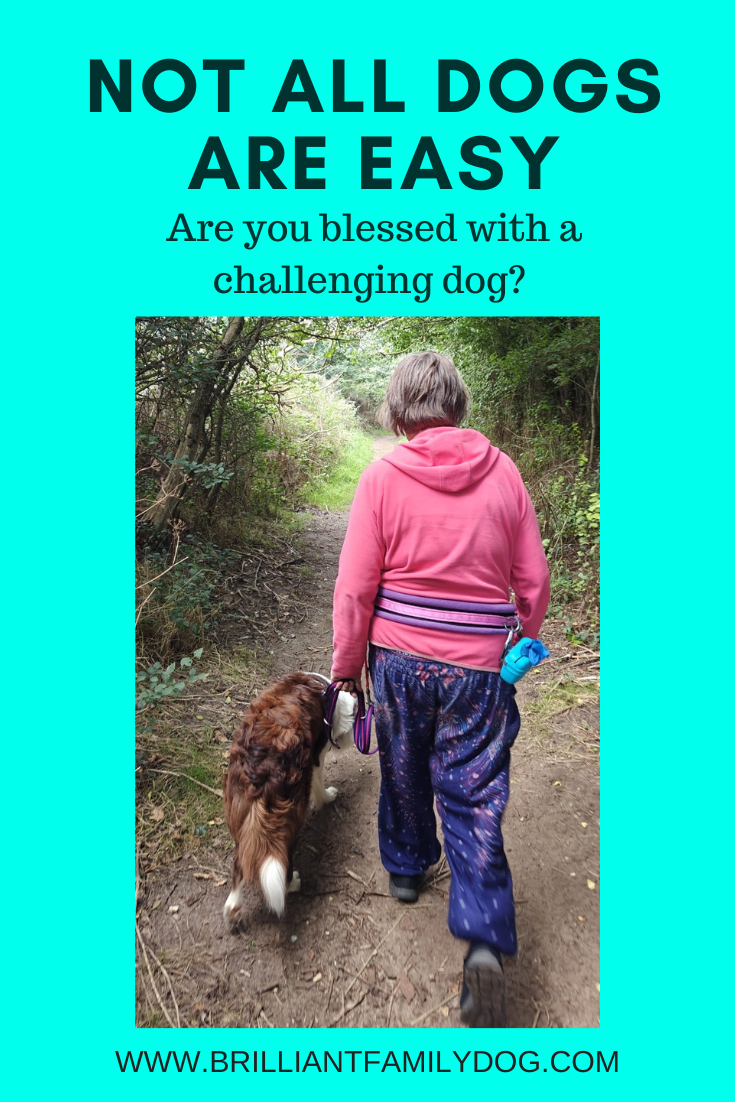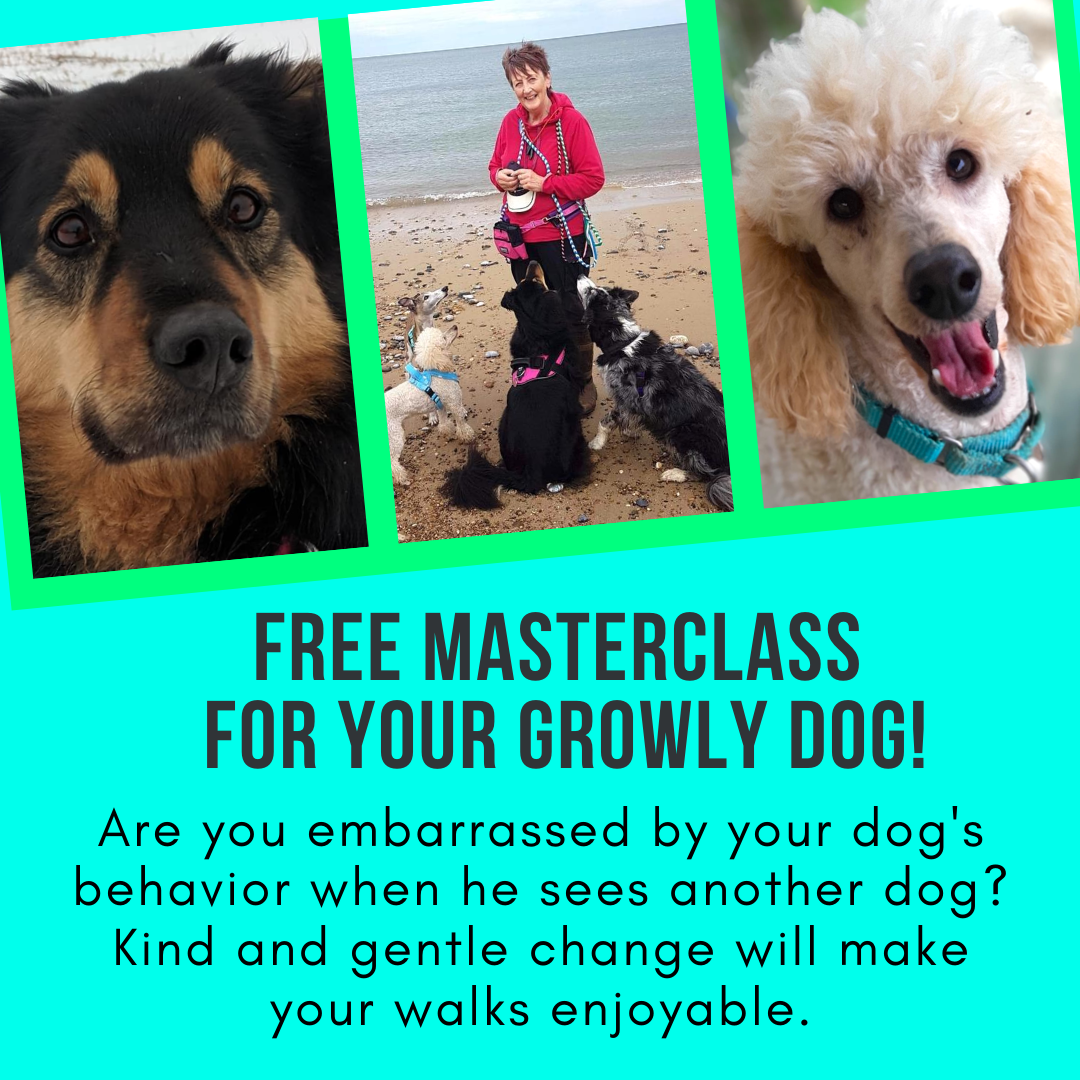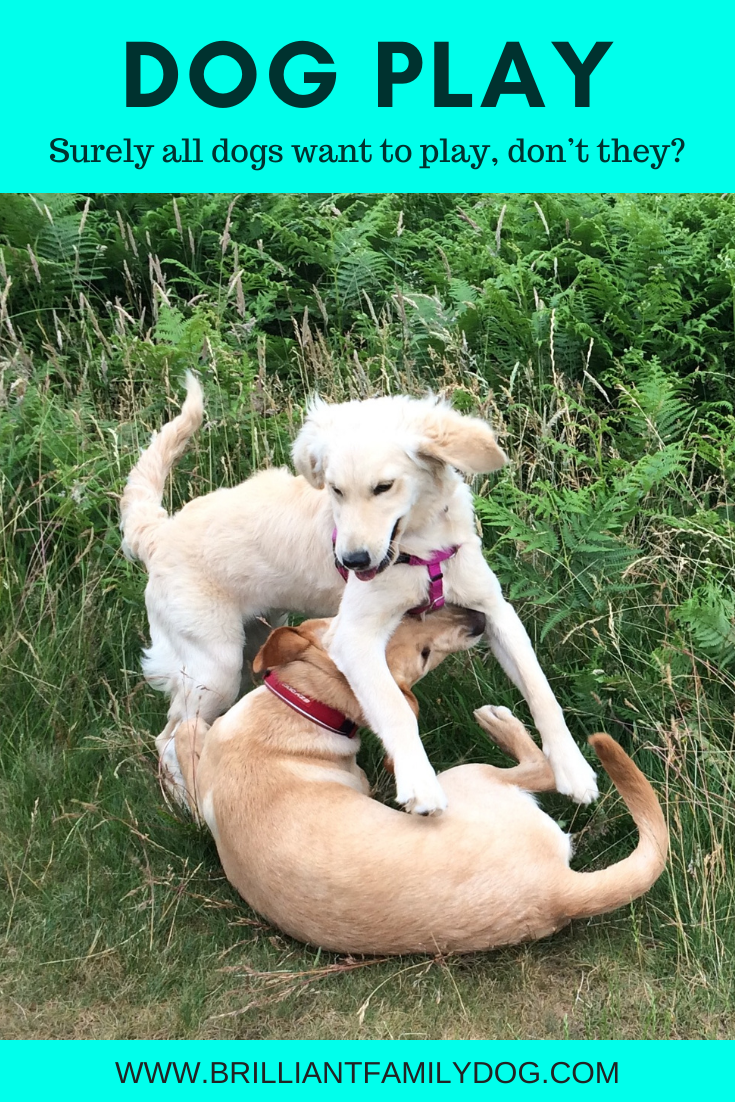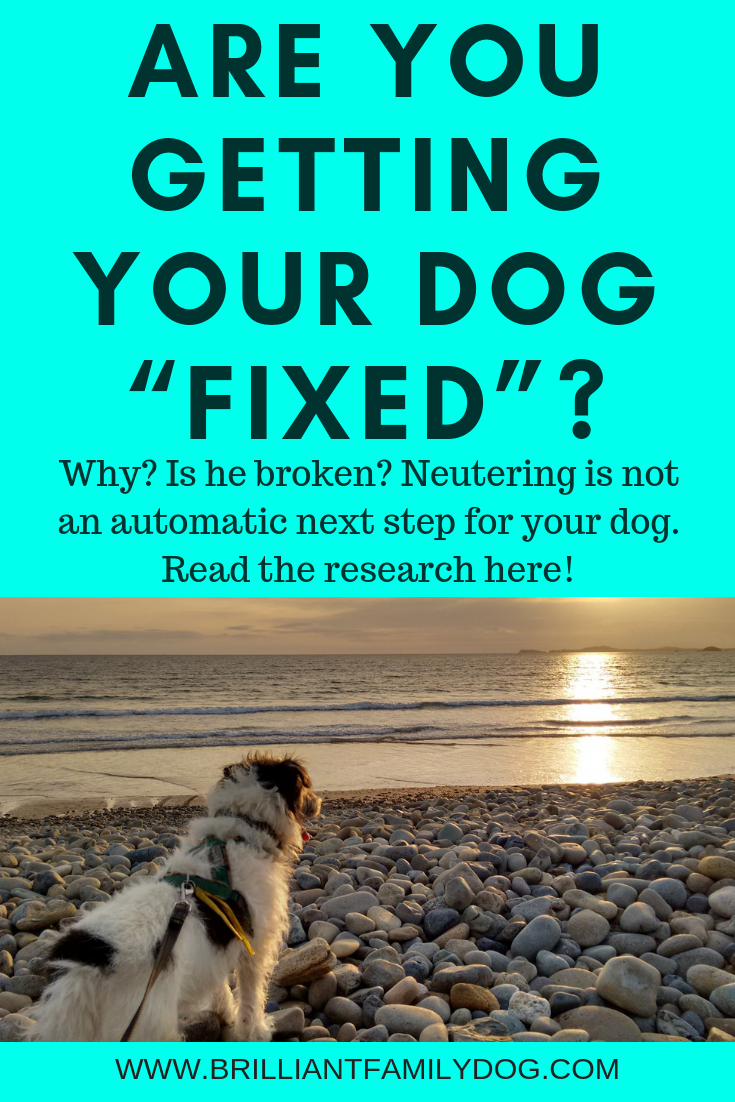There has been a lot of scientific research over recent years. Studies have to cover a lot of dogs for a lot of years to be of any use, so they take a long time to emerge. I list a load of them in the Resources below.
My main interest is how neutering can affect reactivity. As you’ll see from some of these studies, neutering can have a big impact on this!
“It has been shown, in a number of recent scientific studies, that neutering - especially early neutering - will increase sound sensitivity, touch sensitivity, fears, and aggression, in both males and females. In some cases that increase is “significant” or “highly significant”. People-directed aggression in females, for instance, was significantly elevated in the neutered bitches studied. (See the Resources Section for chapter and verse on this.) That’s what those studies found. A lot more research is needed to get more answers, and these studies can take years to produce reliable results.
These unfortunate outcomes are - of course - not guaranteed to happen if you neuter your dog! But it’s important to be aware that they just may happen. And if they complicate an already complicated situation, that’s not helpful.
Neutering has the potential to make your dog worse.”
In brief, neutering a dog when he is experiencing fear of anything in the world around him (i.e. he responds to novelty or movement with barking, lunging, trembling, hiding … any action that does not demonstrate confidence) has the potential to make him MORE fearful.
And neutering a female who is already showing fear of other dogs has the potential to make her reactive to people as well after spaying.
You’ll see the facts and figures in the studies below.
If you’ve already neutered your pet, that’s water under the bridge. You can’t change it now.
BUT if you’re happily planning to neuter your dog simply because you think society expects it of you, or your vet suggests it as the automatic next step, please think again.
Once it’s done, it’s done. And if it changes your beloved dog’s nature and makes life harder for both of you, then you’re up the creek without a paddle.
But you have to neuter your dog, don’t you?
And what about the chief reason usually given for choosing to neuter? It’s to do with reproduction. Preventing unwanted puppies. It could also be to prevent bitching, wandering, fighting in males. But responsible management will do this for you! If you’re reading this post, it’s unlikely that your dog is wandering abroad without you knowing where he or she is.
Since neutering became the big thing - the answer to the stray dog problem - has anyone noticed the shelters getting empty? Irresponsible dog-owners will neither neuter their dogs nor contain them. I’m afraid there’s a lot of “preaching to the choir” here. And the fallout is that a lot of dogs’ lives have been unnecessarily altered for the worse, because of only partial education.
A little knowledge is a dangerous thing
You need to see the whole picture before making what is essentially a fundamental and momentous decision about the future of the dog in your care.
I’m suggesting that you need to change your mindset from neutering being an automatic next step for your puppy to seeing that you have a choice in this.
In some European countries it is considered barbaric to mutilate dogs, and neutering of either sex is usually only done for medical reasons. At the other extreme we have cultures where people are vociferous in declaring that all dogs should be neutered and it is our duty as a citizen to do this. I’ve had people writing to me from these countries asking if that’s a thing? You can actually NOT neuter your dog? Unheard-of.
In case you think I am on a mission to ban neutering, I can tell you that only one of my four dogs is entire at the time of writing. You have to decide what is right for your situation. I just want you to realise that there’s more to this than meets the eye, and you do have a choice.
RESOURCES
The effects of neutering on health and behaviour: a summary
Neutering Causes Behavior Problems in Male Dogs
Neutering bitches trebles the risk of urinary incontinence
Royal Veterinary College research, also shows which breeds are most at risk
Behavioral and Physical Effects of Spaying and Neutering Domestic Dogs (Canis familiaris)
Summary of findings detailed in a Masters thesis submitted to and accepted by Hunter College by Parvene Farhoody in May, 2010
Evaluation of the risk and age of onset of cancer and behavioral disorders in gonadectomized Vizslas
AVMA, Vol 244, No. 3, February 1, 2014
M. Christine Zink DVM PhD, Parvene Farhoody MA, Samra E. Elser BS, Lynda D. Ruffini, Tom A. Gibbons MS, Randall H. Rieger PhD
Non-reproductive Effects of Spaying and Neutering on Behavior in Dogs
Deborah L. Duffy PhD, and James A. Serpell PhD
Center for the Interaction of Animals and Society, School of Veterinary Medicine, University of Pennsylvania
Joint Disorders, Cancers, and Urinary Incontinence associated with age at neutering
Benjamin L. Hart, Lynette A. Hart, Abigail P. Thigpen, and Neil H. Willits, July 2020
School of Veterinary Medicine and Department of Statistics, University of California, Davis, California




















